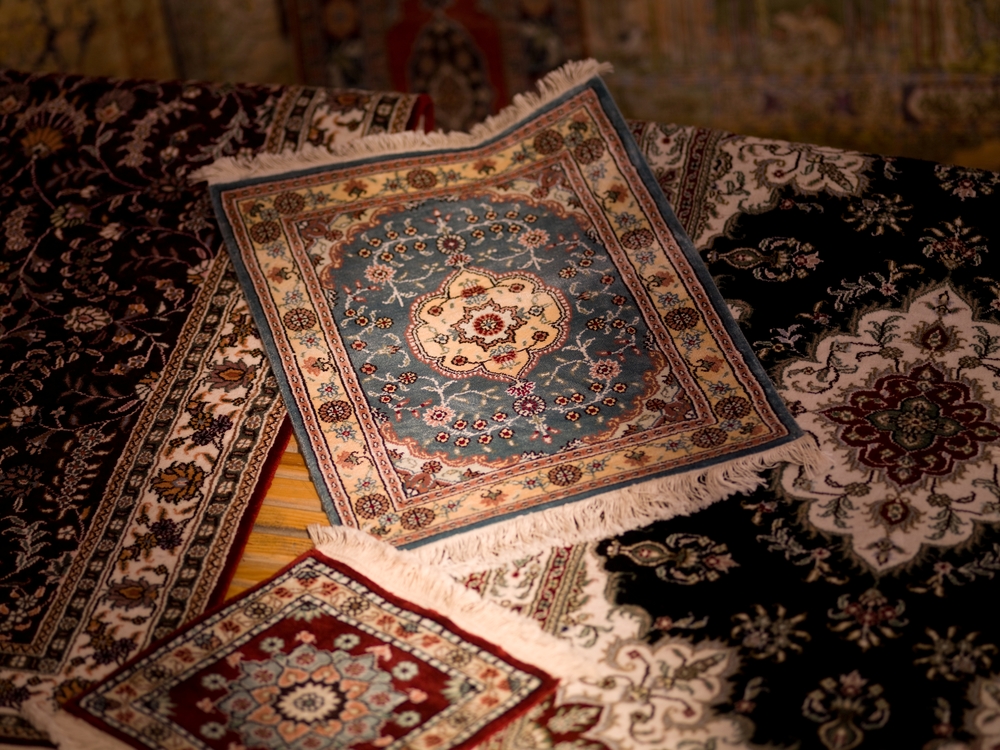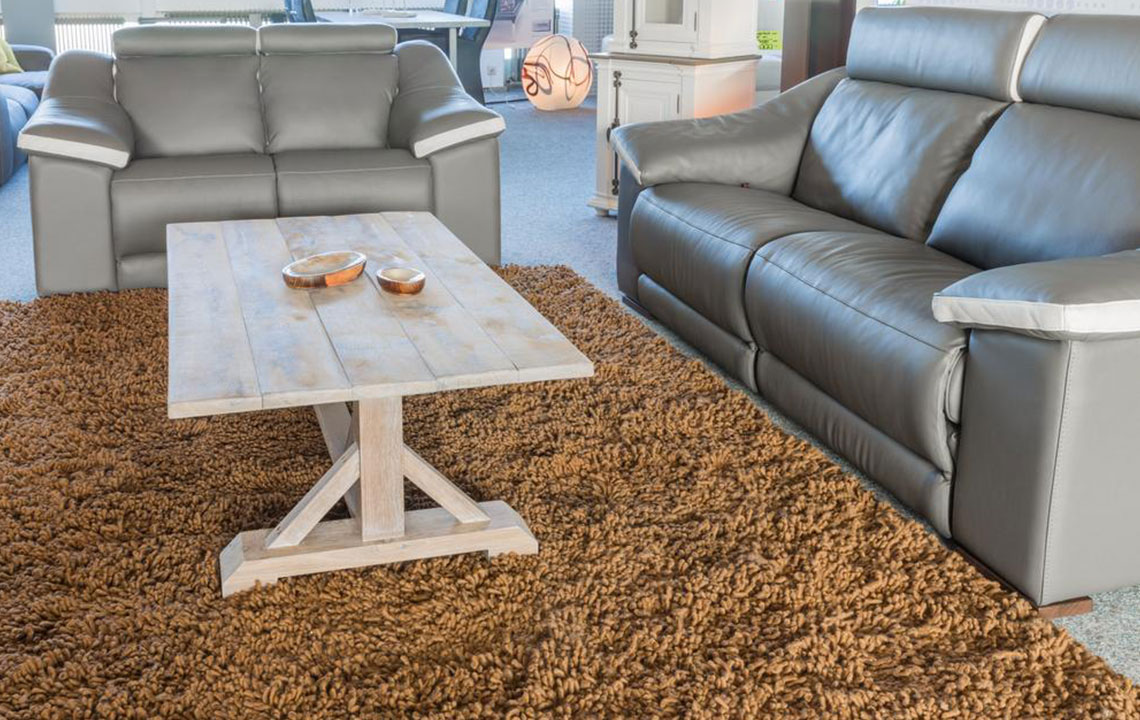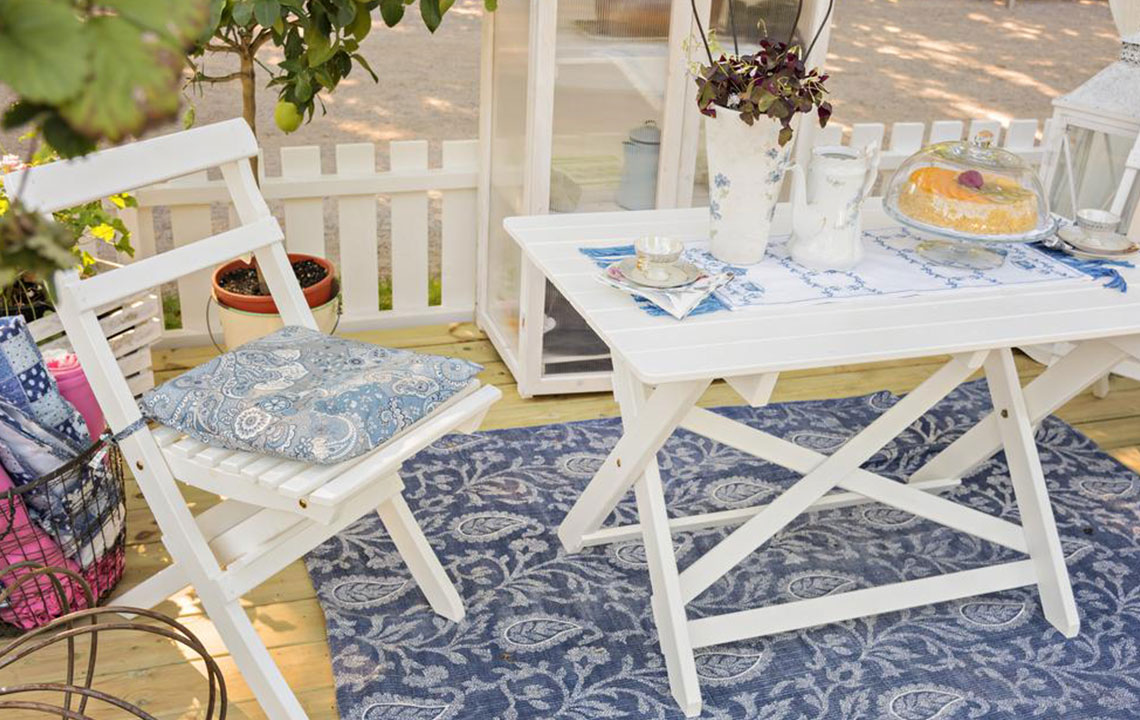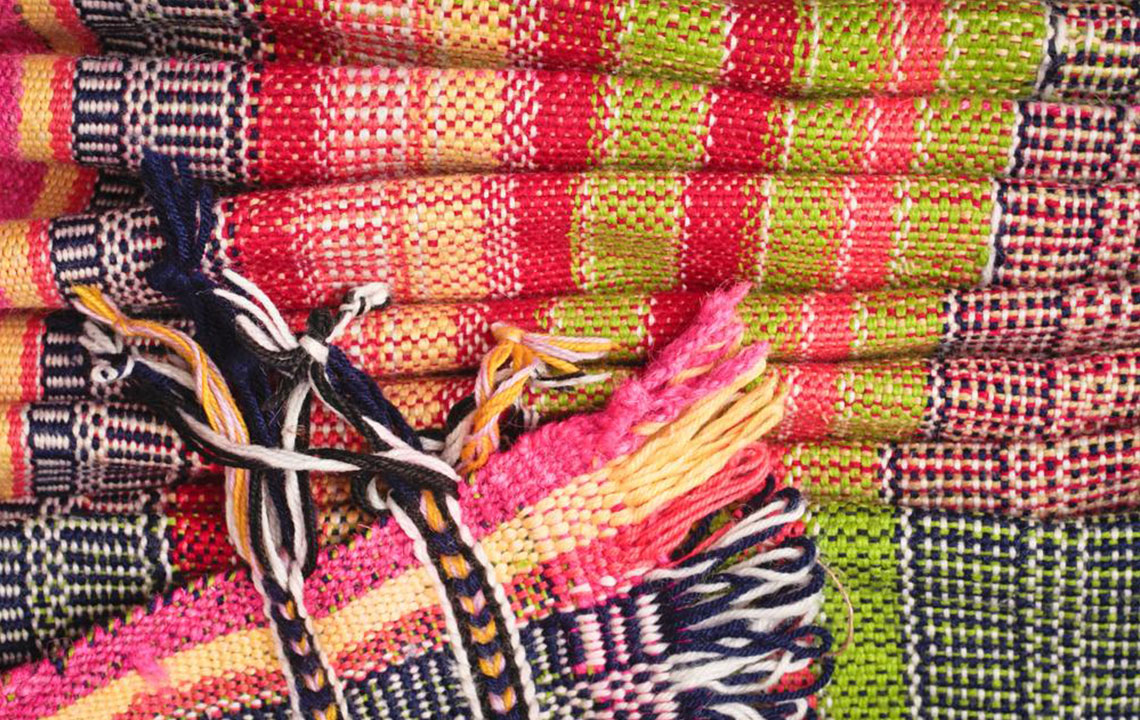Essential Guide to Washing Your Turkish Kilim Rug
Learn how to properly clean your Turkish kilim rug with our easy, step-by-step guide. Handwashing preserves the delicate handmade textile, preventing damage caused by machines and harsh chemicals. Follow our advice for safe cleaning, drying, and maintenance to keep your rug looking vibrant and soft for years to come.
Sponsored

The Turkish kilim, an iconic flatweave textile, is crafted without pile using traditional weaving techniques. It originates from regions including Turkey, North Africa, the Balkans, the Caucasus, Iran, Afghanistan, Pakistan, Central Asia, and China. Due to its delicate handmade nature, cleaning a Turkish kilim requires care and precision.
Follow these simple steps to safely clean your Turkish Kilim rug.
Remove loose dirt with a stick broom or vacuum, avoiding rotary brushes. Clean both sides, steering clear of the fringes.
Choose a flat space, such as your driveway, for washing.
Mix gentle organic soap or baby shampoo with water, adding a tablespoon of vinegar to restore shine and softness to the wool. Use a soft-bristled brush dipped in this solution and gently scrub from one corner, moving vertically across the rug.
Reverse the cleaning motion horizontally once vertical cleaning is complete. Be gentle to prevent damage. Rinse thoroughly with a hose or gentle stream of water to remove soap residue. Brush the rug before laying it flat to dry.
Dry the kilim naturally on a flat surface, flipping occasionally for even drying. It may take up to two days to dry completely. If needed, place the rug in a warm room with central heating to aid drying.
Once dry, gently brush the rug to restore its softness and texture.
Avoid machine washing or harsh chemicals, as these can ruin the delicate weave. Handwashing at home ensures your Turkish kilim stays beautiful and intact. For heavy-duty cleaning, seek professional services specializing in handmade rugs.





